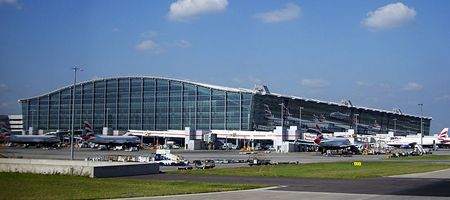European researchers are working on a total reorganization of the region’s air traffic control systems, many of which are as much as 50 years old.

The Spectrum Efficient Communication for Future Aeronautical Services (SECOMAS), project has been established to develop new air traffic communication technology for Europe’s congested skies.
“Current communication systems have been in use since the 1960s and 1970s,” says Jan Erik Håkegård of the Norwegian research institution SINTEF. “They will not be able to deal with the pressing need for greater capacity.”
Pilots currently communicate verbally with air traffic controllers. But the aim is to digitize these communications, partly so that information can be made available to more people, including ground crews.
“In the future, information will be largely digital and stored in an Internet cloud, and communication will function like an intranet,” says Håkegård.
A set of digital services for pilots has already been developed, giving them information about the status of their aircraft, the location of other aircraft, what kind of weather to expect, and where they can fly to increase air traffic efficiency.
The result, says Håkegård, will be fewer delays, shorter flight times, and a better flow of information between airline and airport personnel.
“Travellers will probably not notice the changes much, which is exactly what we intend,” he says.
“Passengers may even see prices drop a bit, and find that their journeys take less time overall, but by and large these factors won’t have a major impact on their experience. By contrast, if we didn’t carry out this upgrade, they would really feel it – the increased flight activity would mean sky-high prices and a large number of delays.”
Mass production and gradual installation of the new technology will begin in 2014.






